This is what it was like for a former caddie to play Augusta National
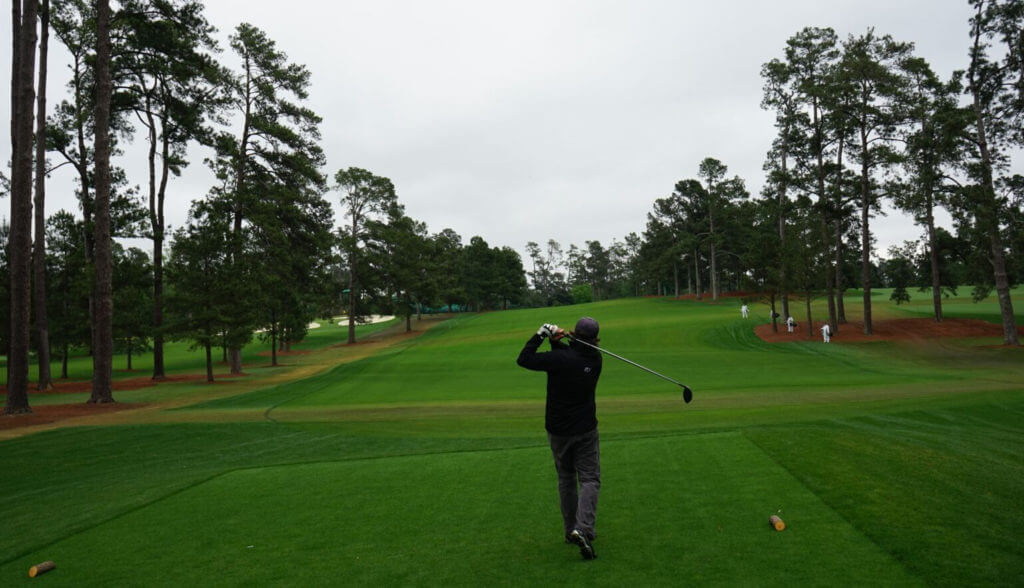
Editor’s note: This story was originally published in April 2019.
AUGUSTA, Ga. — Golf has given me more than I could ever give back. I’ve won state championships, walked inside-the-ropes beside the world’s best, traveled North America, met great people in and around the game from coast-to-coast.
From the thin muni fairways to the smooth greens of the Top 100, it’s been one helluva ride.
A year ago, golf delivered the most unforgettable day. Once-in-a-lifetime is an abused descriptor, but in this case it fits. I was one of the lucky ones, a winner in the Masters media lottery, earning an invitation to play Augusta National Golf Club the day after the final round ended. My name, written on a plain white piece of paper, and drawn, with 27 others, out of a wooden box. What a ridiculous ending to what’s always an incredible week, reporting and writing from the best golf tournament in the world. (All apologies to The Open Championship, but I’ve never been there, although I’m more than willing if anyone needs a scribe).
Surreal. Mystical. Unbelievable.
RELATED: Caddies uncover the secrets to the 2019 Masters | A local caddie’s guide to Augusta
This is how it works: For as long as anyone can remember, The Masters and Augusta National have allowed a select number of media to play the course. In the early days it was, like everything that’s evolved, a less formal process. But these days, any of the 800 or so credentialed media who cover the tournament are eligible for the lottery — assuming they haven’t been selected in the previous seven years. The 28 names are drawn out of the box by Masters communications chief Steve Ethun who has a witness there to attest. Winners are announced at 10 a.m. Friday, which means there are roughly 72 hours to obsess over it, get nervous, tell people, write some sloppy distracted sentences, wet yourself, dream about the opening tee shot, plaster a goofy smile on your face and wish you’d hit one golf shot in the last six weeks.
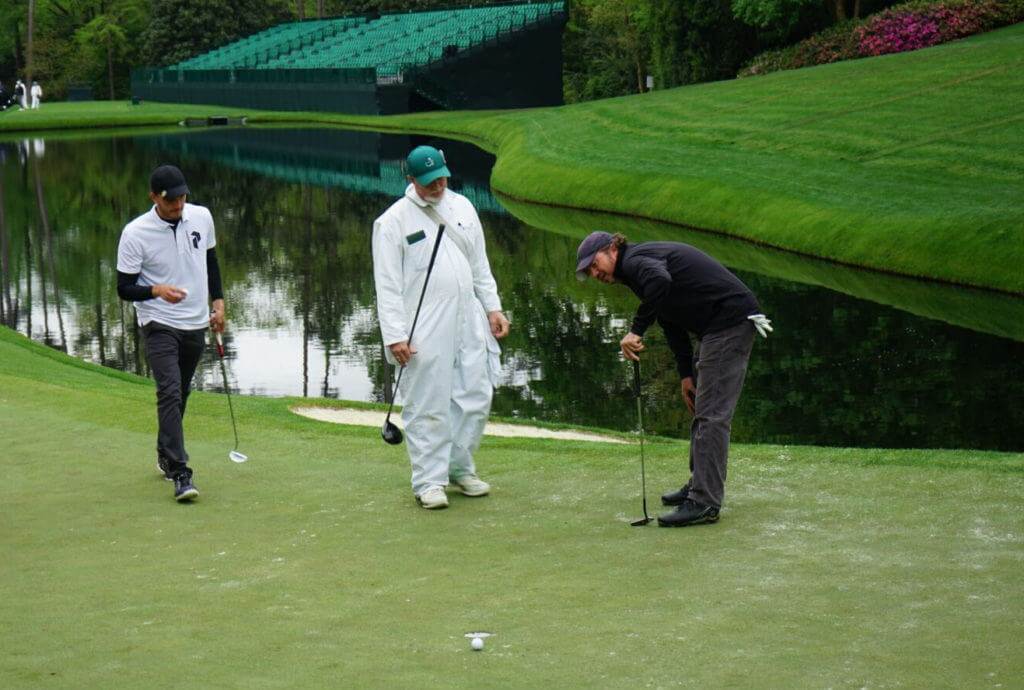
I did most of those things. Mostly, I was happy because of how many people were happy for me to get the chance to play a course that seemed like a dream.
Like everyone else who affixes their eyes on a TV screen during the first full week in April each year, I’d wanted to play the course since first glancing it. Walking on the moon also looked like fun. The chances of doing either were roughly the same.
Playing my way into the tournament never happened. Dropping out of college blocked the rich-fraternity-brother-whose-dad-is-a-member avenue.
My best chance to walk inside those ropes came during my seven-year stint as a PGA Tour caddie, but the committee doesn’t just hand out those invitations to the invitational. They’re hard to secure. There’s a reason the Masters has, by far, the smallest field among the four majors.
So, the invitation came instead when I least expected it as a 45-year-old disengaged golfer. I didn’t have any ill feelings toward playing the game around this time last year, it was just well down my priority list. Starting a family and heading out on my own as a freelance writer in the previous five years had absorbed the bulk of my time. Golf filled in the gaps when time allowed. But confidence, the most important club in any golfer’s bag, was flimsy and fleeting. Whatever there once was had skipped town on a one-way fare.
READ: Fuzzy Zoeller, caddie Jerry Beard celebrate 40 years since 1979 Masters victory
The spark that had faded began to reignite that gray Monday morning about the time the large, kind, security guard at the club’s main gate on Washington Road encouraged me to take a slow ride down Magnolia Lane.
Chills. Still.
I could tell you the rest is a blur but that would be a lie. The entire day is seared into my memory, protected from ever fading away. Two of my fellow competitors brought cameras and documented the day. I hit some incredible shots and a few awful ones. The night before I’d made a single promise to myself: when in doubt, go for it. And I did — going for the green on my second shot on 13 and 15; going for the flag on the par-3s, 12 and 16.
Some shots turned out better than others.
While I walked away with a trunk full of memories, my appreciation grew tenfold for the ability of the players, and specifically the caddies who compete in this tournament.
Here are a few observations.
Other than the tee boxes, there’s not a flat piece of earth on the property. Sidehill, downhill, uphill or some combo, players must adjust. More than once I had a left-to-right stance for a shot that required a right-to-left flight. And while I’d walked the course dozens of times from outside-the-ropes as a Masters patron or media member, the thought and precision required on approach shots wasn’t revealed until I stood on the back of each green and gazed down the fairway, identifying the ideal angle of attack to each quadrant of the green. Generous off the tee, the course is filled with challenging short shots — from full wedges to short pitches — due to the tightly mown grass and the gentle slopes, rolls and shots required to access the myriad of hole locations. No putts are straight. Aiming outside the right edge on a 3-footer is scary. Patrick Reed’s two-putt on 17 last year was ridiculous.
The wind blows in circles through those pines. Selecting the right club and shot requires intense preparation and keen observation. Reading those greens demands years of experience. And the walk is no joke either. My calves burned on the climb to 18 green without a bag on my shoulder.
The week is certainly a treat for every participant and caddie. Trust me, the caddies earn every dollar.
In 1949, Augusta National co-founder Bobby Jones wrote these words: In designing the course, our objective was to provide something pleasurable for the amateur golfer but also testing for the expert … the course is not intended so much to punish severely the wayward shot as to reward adequately the stroke played with skill — and judgment.
He and Alister MacKenzie were geniuses, indeed.
Walking across those famous bridges on the second nine conjured up spirits from Masters past. No. 11 alone creating images of Mize and Fuzzy, Hoch and Floyd too.
We were allowed to use the Champions Locker Room, purchase gear in the member’s pro shop and I’m pretty sure I warmed up just a few feet from where Fred Couples was striping shots the day before.
The best part of the entire round, however, was the impact it left on me, though. The four-hour drive home offered ample time to reflect on the birdies and the bogeys and the surreal opportunity I’d just experienced. It was a gift that made me want to play more golf again. And so I have. Still not as often as preferred, rarely as well I’d like, and perhaps never as well as I once did. But I’m out there, chasing birdies and working on my game, ready for the next gift that happens to come along.



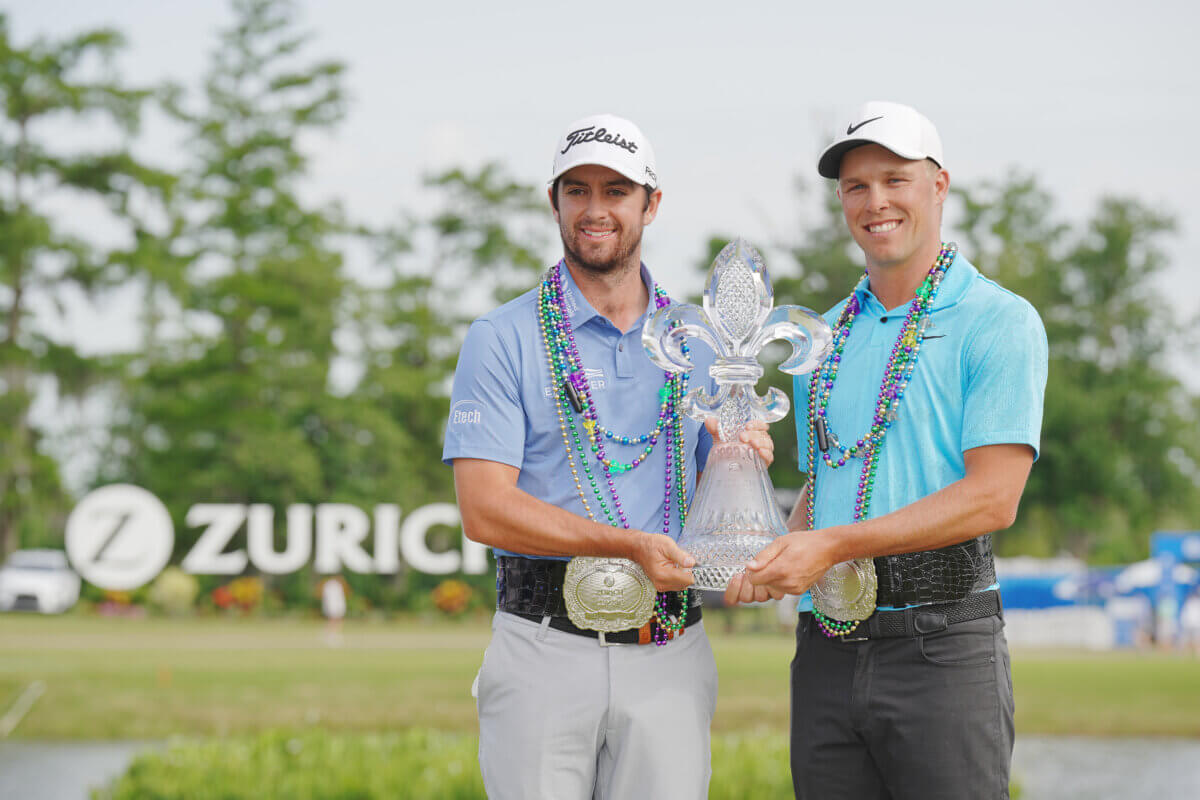
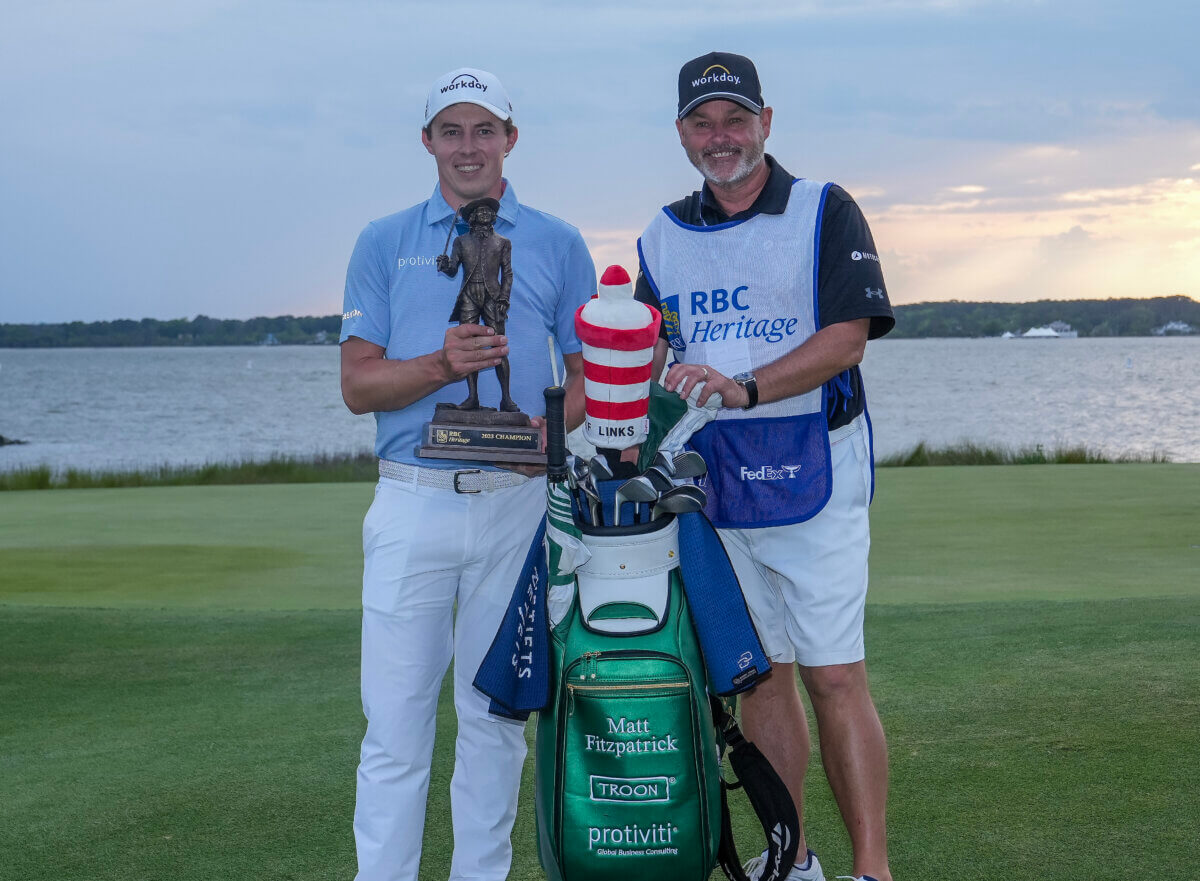
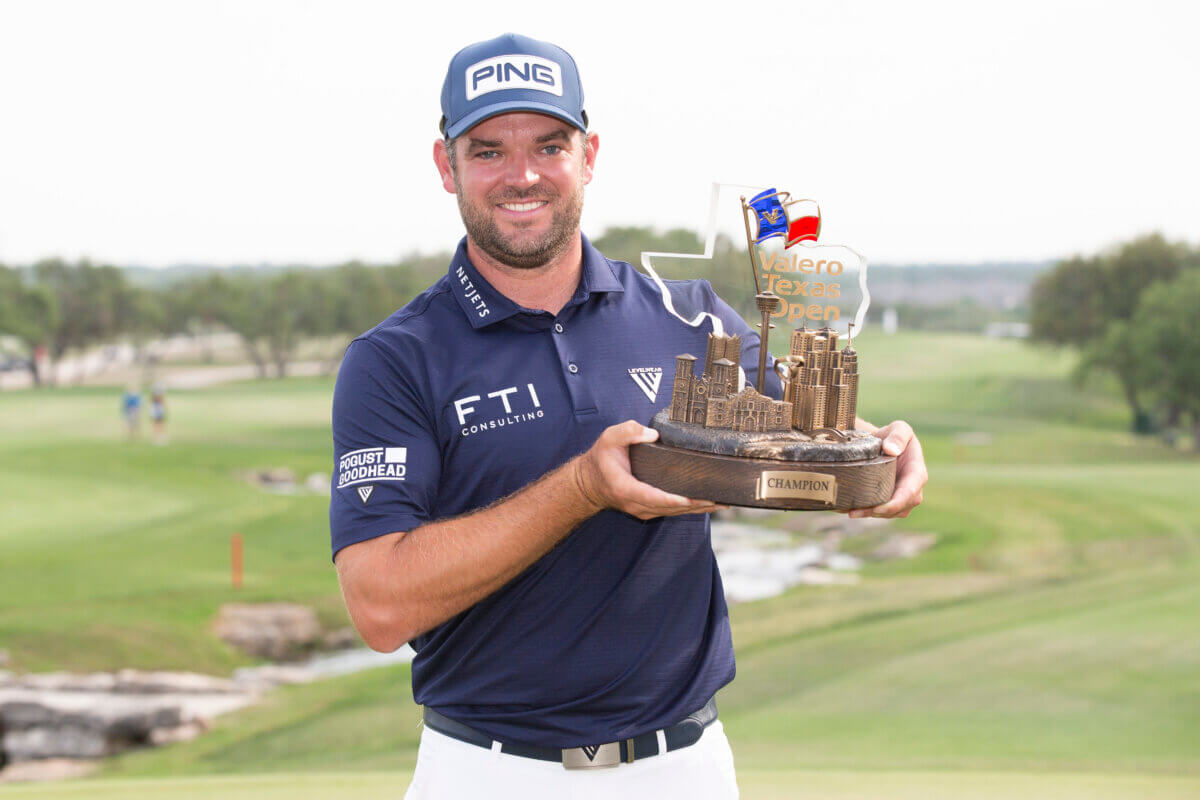
Great story Brian – I’m guessing you shot mid to low seventies knowing your game but you don’t have to tell – I would like to know if you hit 13 and/or 15 in two (or close) and what the yardage was from the tees you played? And were the greens as difficult as we are told ? Estimate the stip, but I’m guessing it’s the undulations that makes them so tough
Awesome ! Great piece buddy !